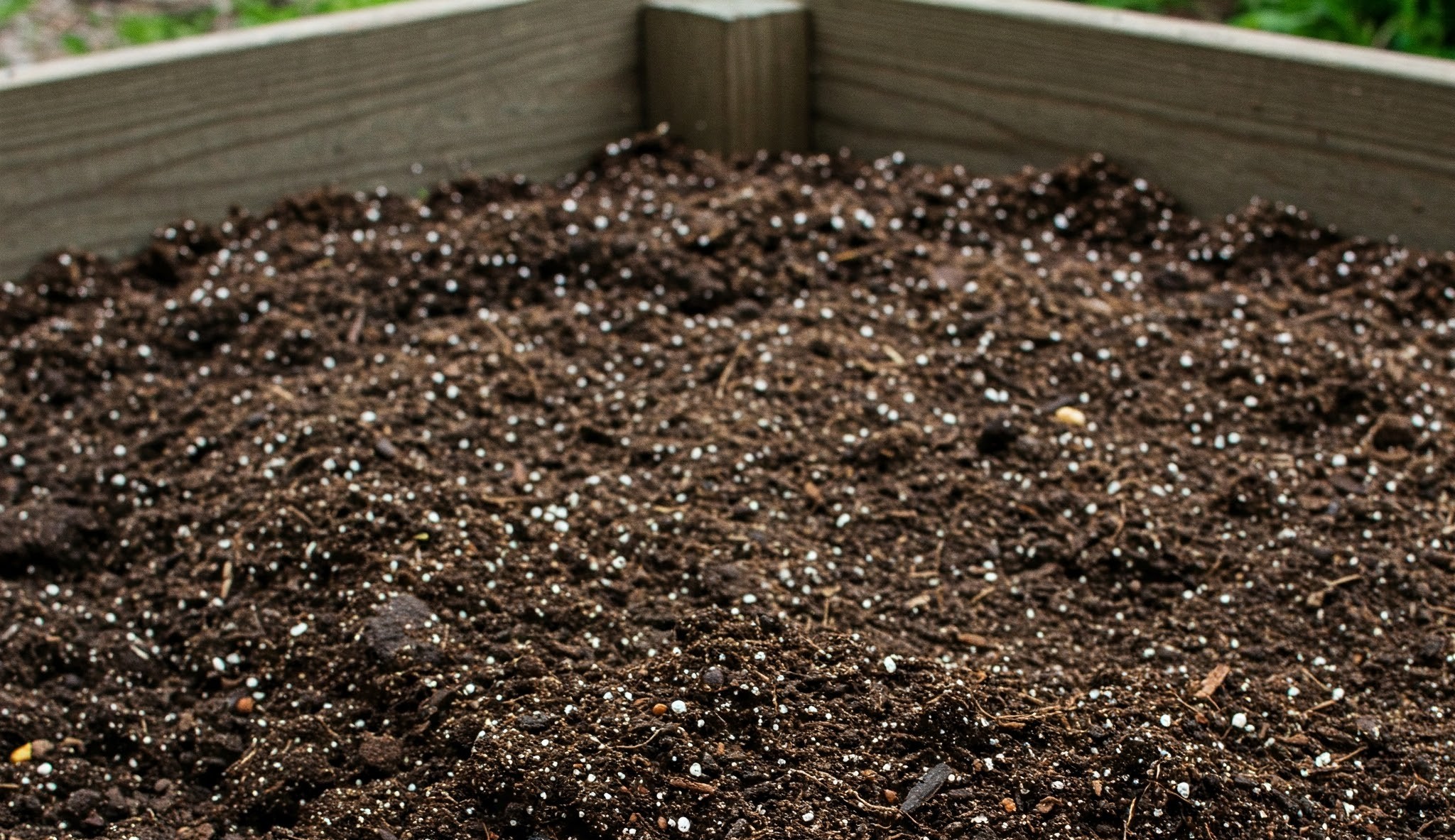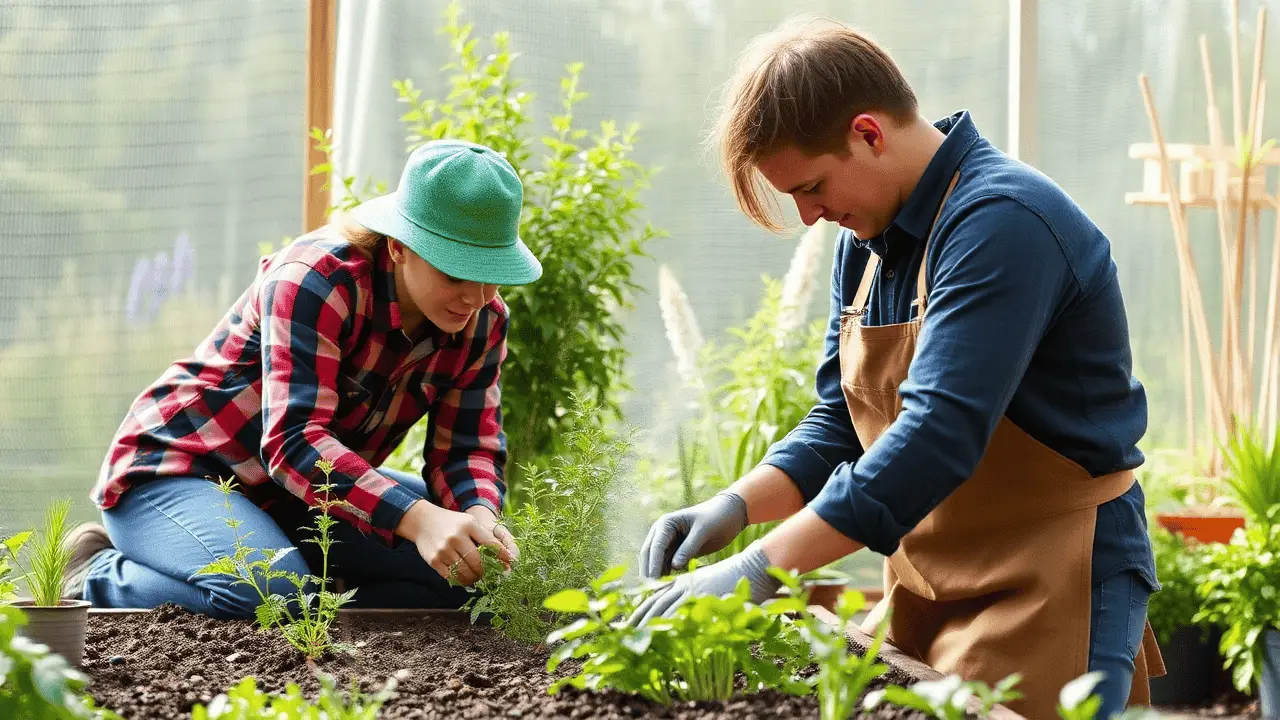Watering Houseplants Correctly: The Ultimate Guide
Watering houseplants means providing them with the right amount of water to keep them healthy and growing. It involves understanding the specific needs of each plant and making sure the soil is kept at the right moisture level without overwatering or underwatering.
Keeping houseplants healthy involves more than just occasional watering; it requires a clear understanding of their needs. The way you water your plants impacts their growth, root health, and overall vitality. Watering houseplants correctly ensures they receive the right amount of moisture without risking overwatering or underwatering.
Key Takeaways
- Watering houseplants correctly prevents root rot and dehydration.
- Different plants have different watering needs based on species, environment, and season.
- Overwatering is the leading cause of indoor plant failure.
- Using the right tools like self-watering pots can simplify plant care.
How to Tell If Your Plant Needs Water
Properly assessing when to water your houseplants is essential to their health. Instead of watering on a fixed schedule, observe your plant’s specific needs to prevent overwatering or dehydration.
1. Check the Soil Moisture
Understanding when to water your houseplants is crucial for their health, and checking the soil moisture is an effective method. Here’s a more detailed explanation:
- Use Your Finger: The simplest and most effective way to check if your plant needs watering is to use your finger. Insert it about an inch (2.5 cm) deep into the soil, which is roughly up to the first knuckle. This depth ensures you’re assessing the moisture level where the roots are.
- Dry Soil: If the soil feels dry to the touch at that depth, it’s a sign that your plant needs water. Dry soil means the roots have likely used up the available moisture, and it’s time to replenish it.
- Damp Soil: On the other hand, if the soil still feels damp, it’s best to wait a few more days before checking again. Moist soil indicates that the plant has enough water, and watering too soon could lead to overwatering, which can cause root rot and other issues.
- Consistency: Regularly checking the soil moisture helps you establish a consistent watering routine. Consistency is key to keeping your plants healthy, as irregular watering can stress the plants and affect their growth.
- Different Plants, Different Needs: Remember that different plants have different moisture needs. Some may prefer consistently moist soil, while others, like succulents and cacti, thrive in drier conditions. Understanding the specific requirements of each plant helps you provide the right care.
- Additional Tips:
- For plants that prefer more moisture, such as ferns, using a soil moisture meter can be a useful tool to get accurate readings.
- Mulching the soil surface can help retain moisture and reduce the frequency of watering, especially for plants that need consistent moisture.
- Using a pot with drainage holes ensures excess water can escape, preventing water from sitting at the bottom of the pot, which can lead to root rot.
2. Use a Moisture Meter:

For those who find it challenging to determine soil dryness, a moisture meter is an invaluable tool that provides accurate readings, taking the guesswork out of watering your houseplants. Here’s how it helps:
- Accurate Readings: A moisture meter gives a precise measurement of the soil’s moisture level. By inserting the probe into the soil, you can instantly see whether your plant needs watering or not.
- Ease of Use: Using a moisture meter is straightforward. Simply insert the probe into the soil near the plant’s roots and read the moisture level on the display. This eliminates the uncertainty that comes with trying to judge soil moisture by touch alone.
- Great for Beginners: For those new to houseplant care, a moisture meter is especially helpful. It ensures you provide the correct amount of water, reducing the risk of overwatering or underwatering your plants.
- Plants with Specific Water Needs: Some plants have very specific water requirements, and a moisture meter can help you meet those needs accurately. This is particularly useful for plants like succulents, which need to be kept dry, or tropical plants that require consistently moist soil.
- Consistency: Using a moisture meter helps you establish a regular watering routine. By regularly checking the soil moisture, you can water your plants at the right time, ensuring they stay healthy.
- Prevents Root Rot: Overwatering is a common problem that can lead to root rot. By using a moisture meter, you can avoid this issue by ensuring the soil is not too wet before watering again.
A moisture meter is a simple and effective tool for anyone looking to maintain the health of their houseplants.
3. Observe Leaf Behavior:
Leaves are an excellent indicator of a plant’s hydration status. Attention to their appearance can tell if your plant is getting the right amount of water. Here’s how you can read the signals that leave provides:
- Drooping Leaves: When a plant’s leaves droop, it’s often a sign that it needs water. This is especially noticeable in plants like Peace Lilies, which can dramatically wilt when they are thirsty. Once watered, these plants can perk up within a few hours, showing they’ve absorbed the necessary moisture.
- Yellowing Leaves: Yellow leaves can indicate overwatering. When a plant receives too much water, its roots can suffocate and rot, leading to yellowing leaves. It can also be a sign of underwatering, so it’s essential to check the soil moisture to determine the cause.
- Curling Leaves: Leaves that curl at the edges can signal both overwatering and underwatering. The plant may be trying to conserve water by reducing the surface area from which it loses moisture, or it might be stressed from root issues caused by too much water.
- Wilting: Some plants will show severe wilting when they are extremely dry. This is a clear sign that they need immediate watering. Wilting can occur even in plants that generally require less frequent watering, like succulents if they have gone too long without water.
- Perking Up: Many plants will perk up quickly after being watered. This rapid recovery shows that they were indeed thirsty and have absorbed the water through their roots, replenishing the moisture in their leaves.
- General Leaf Health: Overall, healthy leaves should be firm, vibrant in color, and free from spots or discoloration. Regularly observing your plant’s leaves helps you catch early signs of water stress and adjust your watering habits accordingly.
Identify Signs of Dehydration vs. Overwatering:
Knowing the difference between dehydration and overwatering is crucial for maintaining the health of your houseplants. Here are some clear signs to look for:
1. Dry or Brittle Leaves:

If your plant’s leaves become crispy, brown at the edges, or fall off easily, it indicates dehydration. This means the plant is not receiving enough water to sustain its health. When you notice these signs, water the plant immediately. However, it’s also important to understand the plant’s natural water requirements to avoid chronic under-watering in the future. Additionally, dry soil that is pulling away from the edges of the pot can be another indicator that the plant is too dry.
2. Mushy or Yellow Leaves:

Mushy or yellowing leaves are classic signs of overwatering. When a plant receives too much water, its roots can become waterlogged, leading to root rot and other health issues. To address this, reduce the frequency of watering and ensure the pot has proper drainage. Over time, the plant should recover as the soil dries out and the roots regain health. It’s also helpful to repot the plant in fresh soil if the current soil is too waterlogged. This gives the plant a better chance to recover.
Best Watering Techniques for Houseplants
1. Bottom Watering:

- Description: Place the plant pot in a tray of water and let the soil absorb moisture from the drainage holes at the bottom. This method ensures the roots get the necessary water without over-saturating the topsoil.
- Advantages: It prevents water from sitting on the leaves, which can cause mold or mildew. It also encourages root growth as roots naturally seek out water.
- Best For: Plants with delicate leaves that are prone to rotting if water sits on them, such as African violets.
2. Top Watering:

- Description: Pour water evenly over the soil until excess drains out of the bottom. This method is straightforward and ensures the entire root system gets watered.
- Advantages: It’s simple and effective, ensuring water reaches all parts of the soil.
- Best For: Most houseplants, especially those that are not particularly sensitive to wet leaves, such as spider plants and pothos.
3. Misting:

- Description: Use a spray bottle to mist the leaves with water. This technique increases humidity around the plant.
- Advantages: It helps humidity-loving plants like ferns and orchids thrive by mimicking their natural environment.
- Limitations: Misting is not a substitute for proper watering as it doesn’t reach the roots.
- Best For: Plants that require higher humidity levels, such as ferns, orchids, and air plants.
4. Soaking Method:

- Description: Submerge the entire plant pot in water until no more bubbles rise to the surface. This technique is used to rehydrate extremely dry plants.
- Advantages: It thoroughly waters the plant, ensuring that even the driest soil gets moistened.
- Limitations: It should only be used occasionally to avoid overwatering and root rot.
- Best For: Plants that have become severely dry and need immediate rehydration, such as succulents after a long dry period.
These techniques help ensure that your houseplants receive the right amount of water most effectively.
Common Watering Mistakes to Avoid
When caring for houseplants, avoiding these common watering mistakes is crucial for keeping your plants healthy and vibrant:
Overwatering:
- Description: Providing too much water can suffocate the plant’s roots, preventing them from absorbing oxygen. This creates an environment conducive to fungal growth and root rot.
- Solution: Always check the soil moisture before watering. Allow the soil to dry out slightly between waterings, and ensure the pot has proper drainage.
Using Cold Tap Water:
- Description: Cold water can shock plant roots, which prefer water that is closer to room temperature.
- Solution: Let tap water sit for a few hours to reach room temperature before using it to water your plants. This also allows any chlorine to dissipate.
Inconsistent Watering Schedules:
- Description: Irregular watering can stress plants, leading to symptoms like wilting, yellowing leaves, and stunted growth.
- Solution: Establish a consistent watering routine. Check your plants regularly and water them at the same time each week, adjusted to their specific needs.
Letting Water Sit in Saucers:
- Description: Allowing water to sit in the saucer under the pot can lead to root rot, as the roots are constantly submerged in water.
- Solution: After watering, empty any excess water from the saucer. Ensure that the pot has drainage holes to prevent water from accumulating at the bottom.
Being mindful of these common mistakes can maintain the health and vitality of your houseplants.
Watering Frequency for Popular Houseplants
| Plant Name | Watering Needs | Best Practice |
|---|---|---|
| Snake Plant | Every 2-3 weeks | Allow soil to dry completely |
| Pothos | Once a week | Water when the top inch is dry |
| Peace Lily | Every 5-7 days | Keep soil slightly moist |
| Succulents | Every 2-4 weeks | Use the soak-and-dry method |
| Ferns | Every 3-4 days | Maintain consistent moisture |
| Spider Plant | Once a week | Let the topsoil dry before watering |
FAQs
Q: What is the best time of day to water houseplants?
The best time of day to water houseplants is in the morning. Watering in the morning allows the soil to absorb the moisture before the day’s heat can cause it to evaporate. It also gives the plants time to take up the water and use it for photosynthesis throughout the day. Morning watering helps prevent fungal growth and disease by giving the leaves a chance to dry out before nightfall. This routine keeps your houseplants healthy and vibrant.
Q: Can I use tap water for my houseplants?
Yes, you can use tap water for your houseplants, but it’s important to let it sit for 24 hours before use to allow any chlorine to dissipate. This helps prevent potential harm to your plants. Ensure the water is at room temperature to avoid shocking the roots. If your tap water has a high mineral content, it’s a good idea to occasionally use filtered or distilled water to prevent buildup in the soil. By following these steps, you can keep your houseplants healthy and thriving with tap water.
Q: Is 1 cup of water too much for a plant?
Q: How can I tell if my plant is getting too much or too little water?
A: Signs of overwatering include yellowing leaves and moldy soil, while underwatering may cause wilting and dry soil. Checking soil moisture and observing leaf conditions can help determine the issue.
Q: Should I water my plants more in summer?
A: Generally, yes. Plants may need more water in summer due to higher temperatures and increased growth rates. However, always check the soil moisture before watering.
Conclusion
Understanding watering houseplants properly helps prevent common plant care issues like root rot and dehydration. By following a regular schedule, using proper techniques, and monitoring your plants’ needs, you can keep them thriving for years.
Recommended Products:
- Moisture Meter – Check on Amazon
- Self-Watering Pots – Check on Amazon
- Well-Draining Potting Mix – Check on Amazon
- Watering Can with Measurement – Check on Amazon

I’m John Doe, a Certified Master Gardener with over 20 years of hands-on experience in cultivating healthy and vibrant gardens. My expertise spans organic gardening, soil science, and sustainable pest control. I’ve worked extensively with community gardens and have a deep passion for sharing my knowledge to help others succeed in their gardening endeavors.







